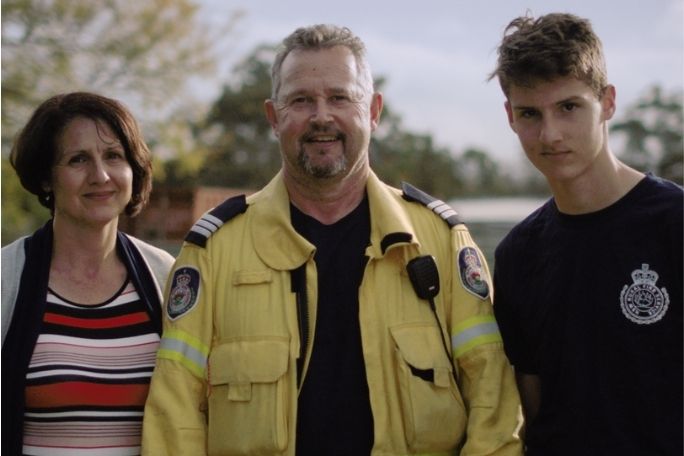Lesson summary
In this lesson, students participate in a line debate exploring two opposing perspectives on how to effectively change society surrounding climate-related disasters. They then reflect on the arguments made, seeking to identify the rhetorical elements of logos, pathos and ethos, considering how these persuaded the adjudicator. Building on this learning, students choose a topic to craft a persuasive piece seeking to enact social change in regards to climate change and hazards, with the aim to publishing their writing on a shared social action page.
Learning intentions:
Students will...
- understand how persuasive devices can be employed to enact social change
- develop their understanding of how social change can occur subsequent to climate change hazards.
Success criteria:
Students can...
- contribute ideas in a structured debate format
- identify elements of rhetoric within arguments
- craft a persuasive text seeking to raise awareness for a community recovering from a hazard
- use persuasive techniques to position an audience to agree.
Lesson guides and printables
Curriculum links
Select your curriculum from the options below.
Lesson details
Curriculum mapping
Australian curriculum content descriptions:
Years 7 English:
- Plan, draft and publish imaginative, informative and persuasive texts, selecting aspects of subject matter and particular language, visual, and audio features to convey information and ideas (ACELY1725).
Years 8 English:
- Create imaginative, informative and persuasive texts that raise issues, report events and advance opinions, using deliberate language and textual choices, and including digital elements as appropriate (ACELY1736).
Syllabus outcomes: EN4-4B.
General capabilities: Literacy, Intercultural Understanding.
Cross-curriculum priority: Sustainability.
Relevant parts of Year 7 achievement standards:
Students create structured and coherent texts for a range of purposes and audiences. They make presentations and contribute actively to class and group discussions, using language features to engage the audience. When creating and editing texts they demonstrate understanding of grammar, use a variety of more specialised vocabulary and accurate spelling and punctuation.
Relevant parts of Year 8 achievement standards:
Students create texts for different purposes, selecting language to influence audience response. They make presentations and contribute actively to class and group discussions, using language patterns for effect. When creating and editing texts to create specific effects, they take into account intended purposes and the needs and interests of audiences. They demonstrate understanding of grammar, select vocabulary for effect and use accurate spelling and punctuation.
Unit of work: Minderoo Fire and Flood
Level of teacher scaffolding: Medium to High – teachers need to set up and adjudicate the line debate, track different arguments on the board, and facilitate a discussion around persuasive rhetoric using the Student Worksheet as a guide.
Resources required
- Student Worksheets – one copy per student
- Whiteboard to track discussion
Skills
This lesson is designed to build students’ competencies in the following skills:
- Communication
- Community engagement
- Critical thinking
- Empathy
- Ethical understanding
- Problem solving
- Social skills
- Collaboration
Additional info
We encourage you to undertake the free PD Course How to teach a unit on fire and flood resilience for tips on how to best deliver this lesson.
If you’re concerned about the challenging nature of these topics, consider the free PD Course How to approach trauma in the classroom for information on how best to support your students.


Welcome back!
Don't have an account yet?
Log in with:
Create your free Cool.org account.
Many of our resources are free, with an option to upgrade to Cool+ for premium content.
Already have an account?
Sign up with:
By signing up you accept Cool.org's Terms and Conditions(Opens in new tab) and Privacy Policy(Opens in new tab).